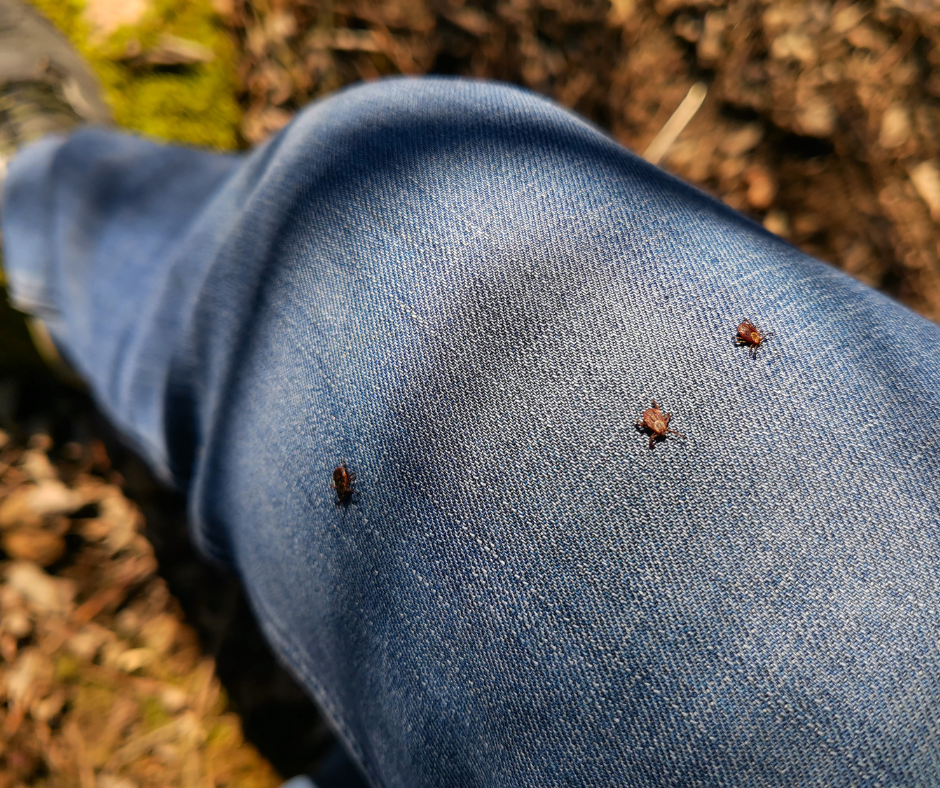FarmSafe Podcast
S3E16 | Got Ticks? How and Why to Take Action
Published June 12, 2024. Hosted by Libby Presnall.
Episode Summary
Mandy Roome, PhD, is a researcher at the Northeast Center for Occupational Health and Safety. Her current project is on tick-borne diseases on Vermont farms. She shares about the tick-borne diseases common to each region and how farmers can protect themselves, since avoiding outdoor work is not likely for a farmer.
Episode Resources
General Information on Tick-Borne Disease, NIOSH
Check Your State and Where Ticks Live, CDC




